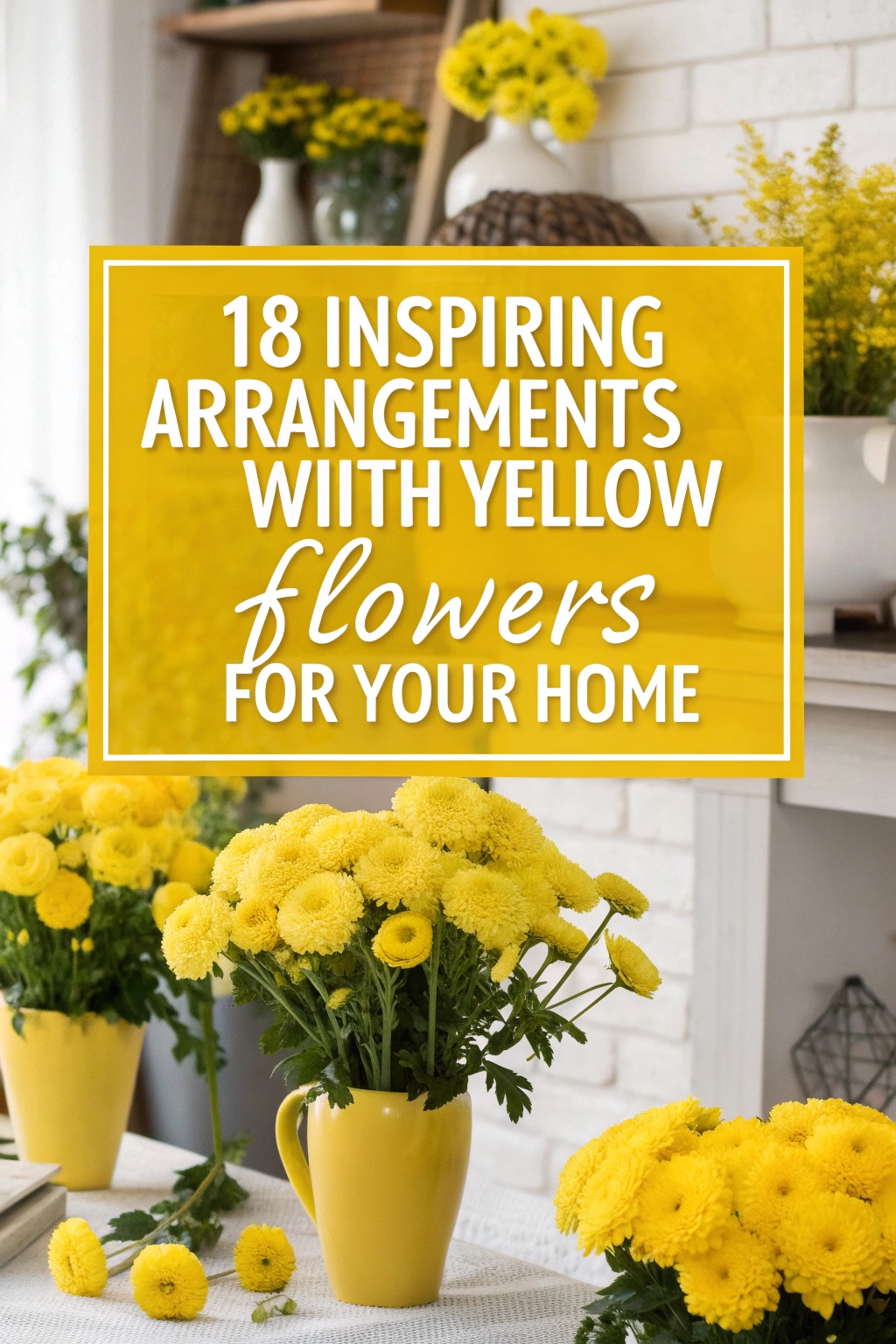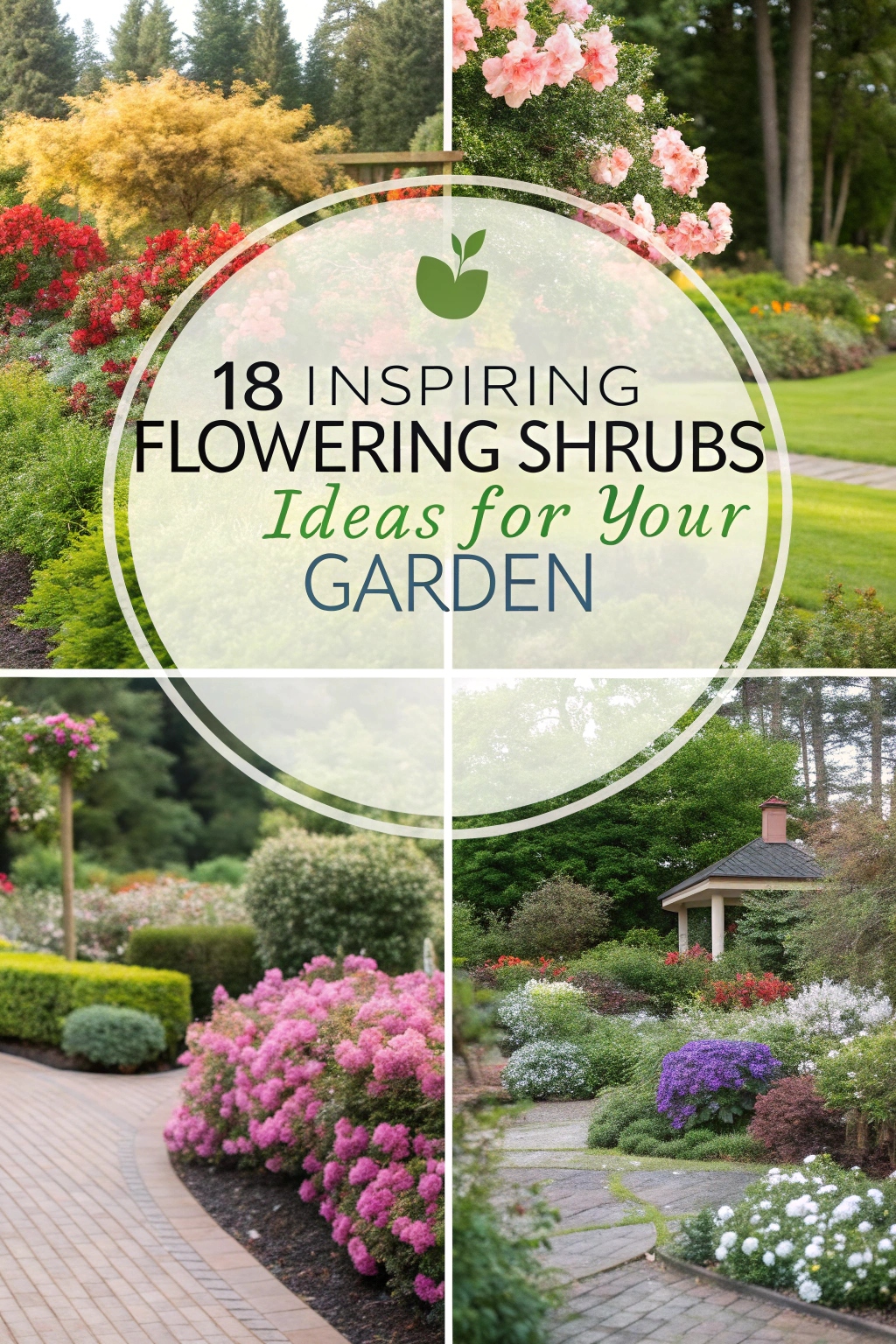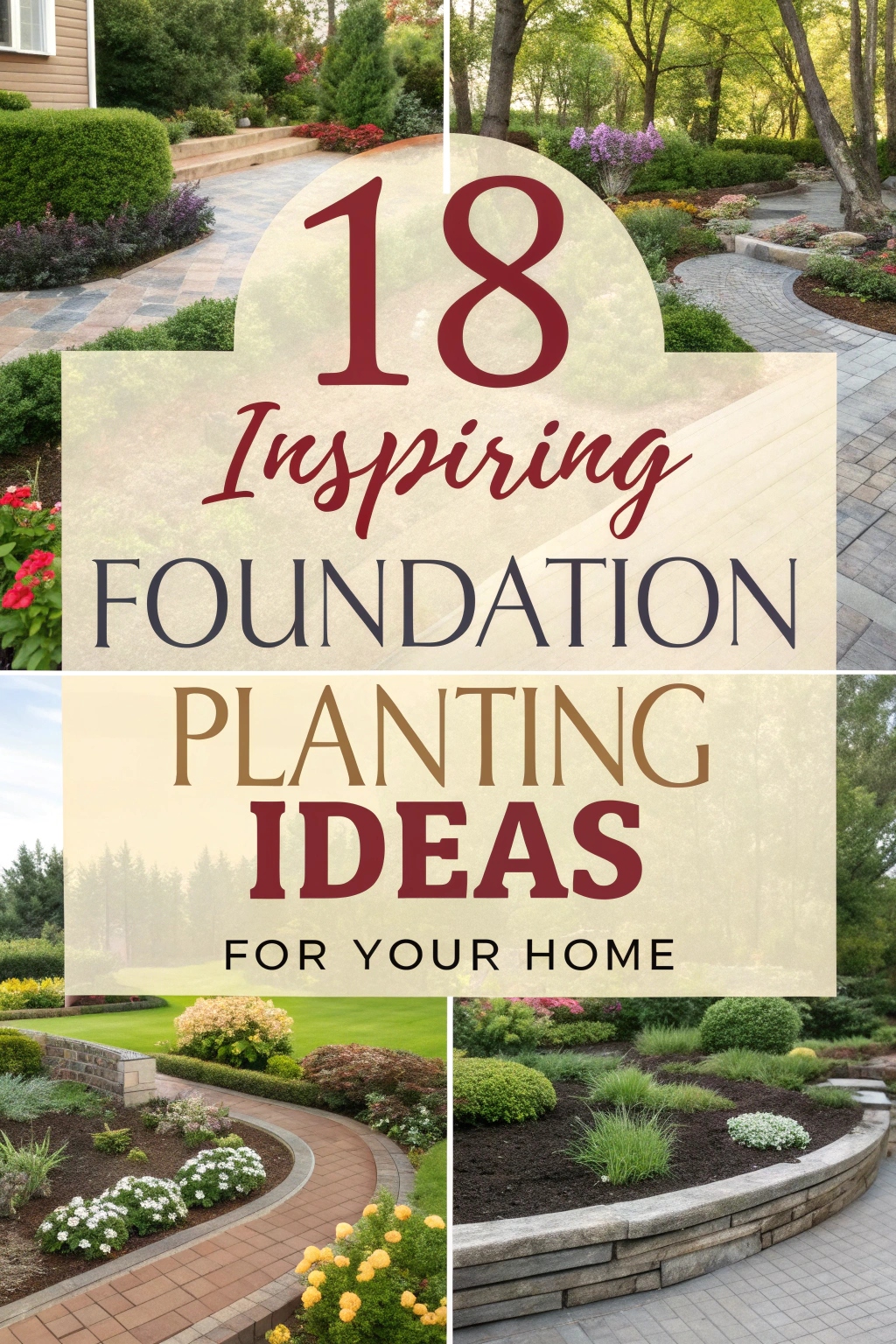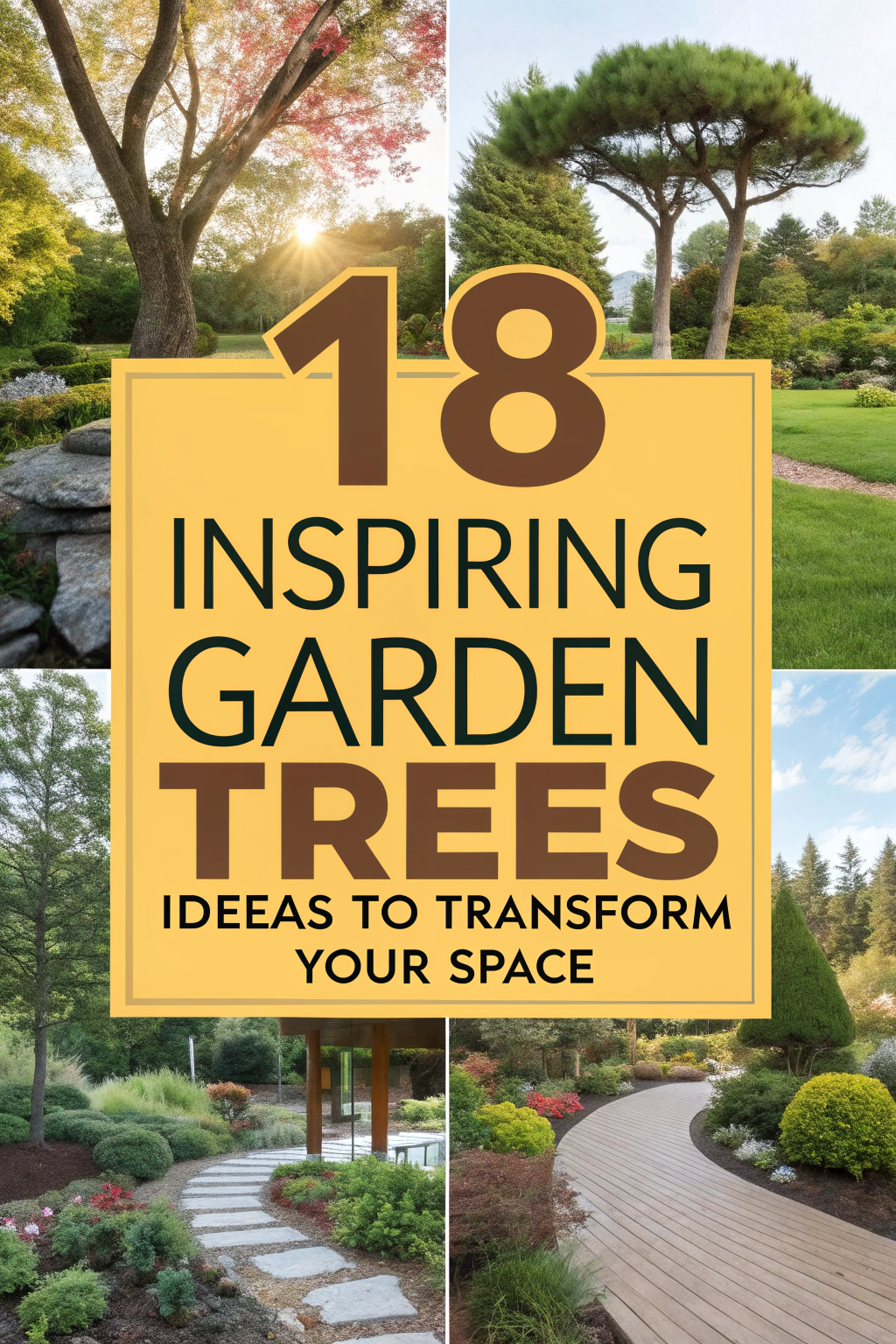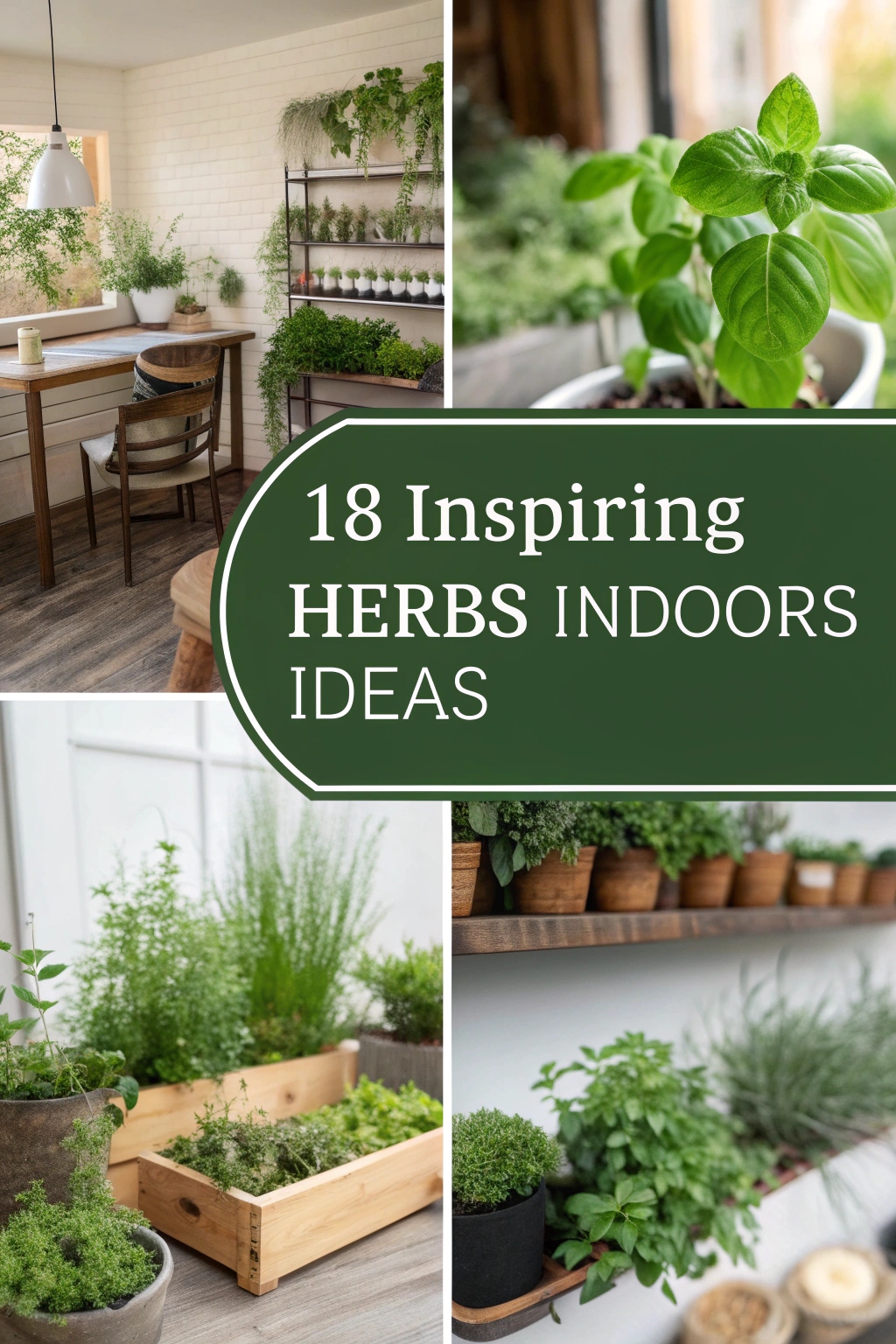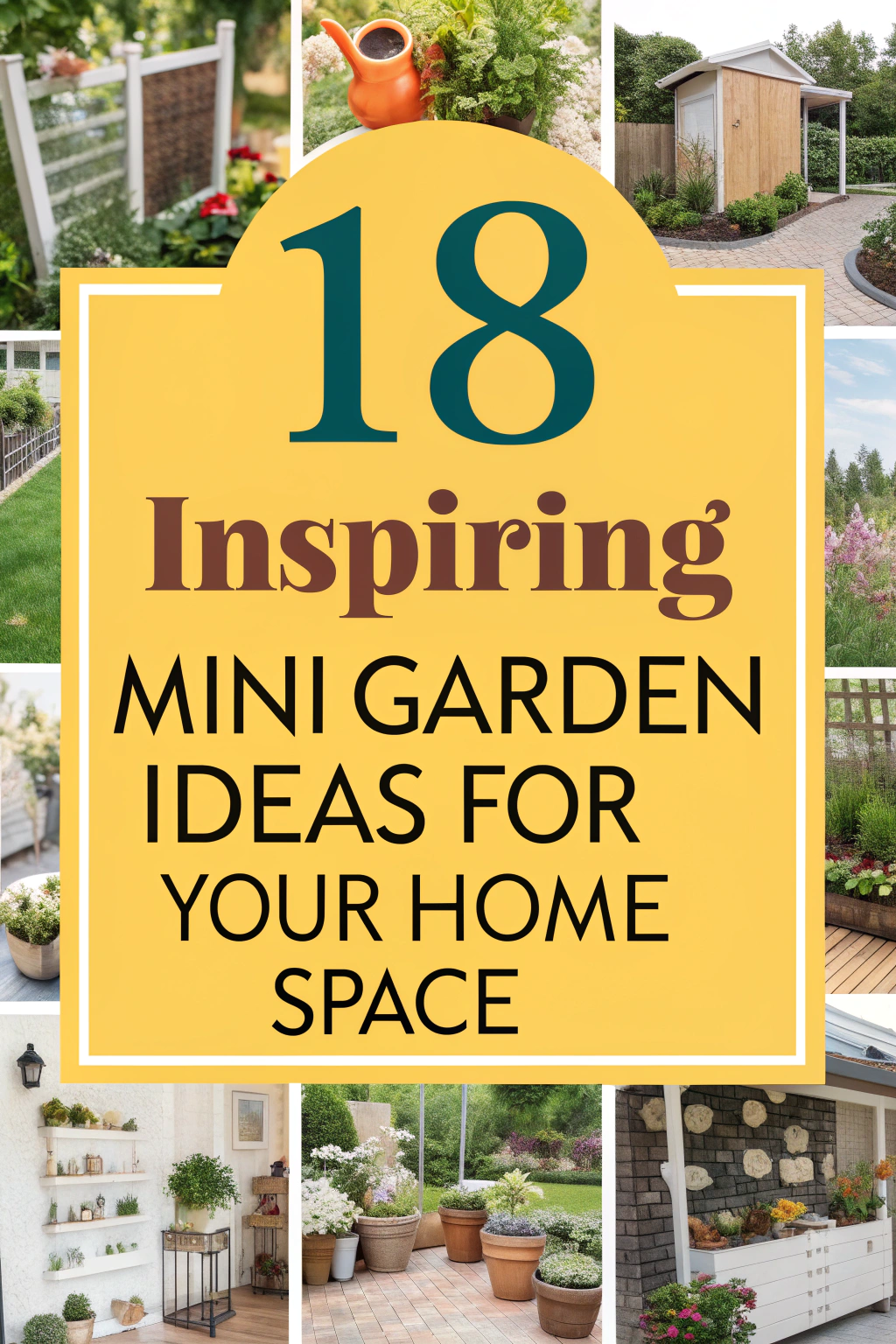16 Vegetable Garden Inspiration Ideas for Your Home
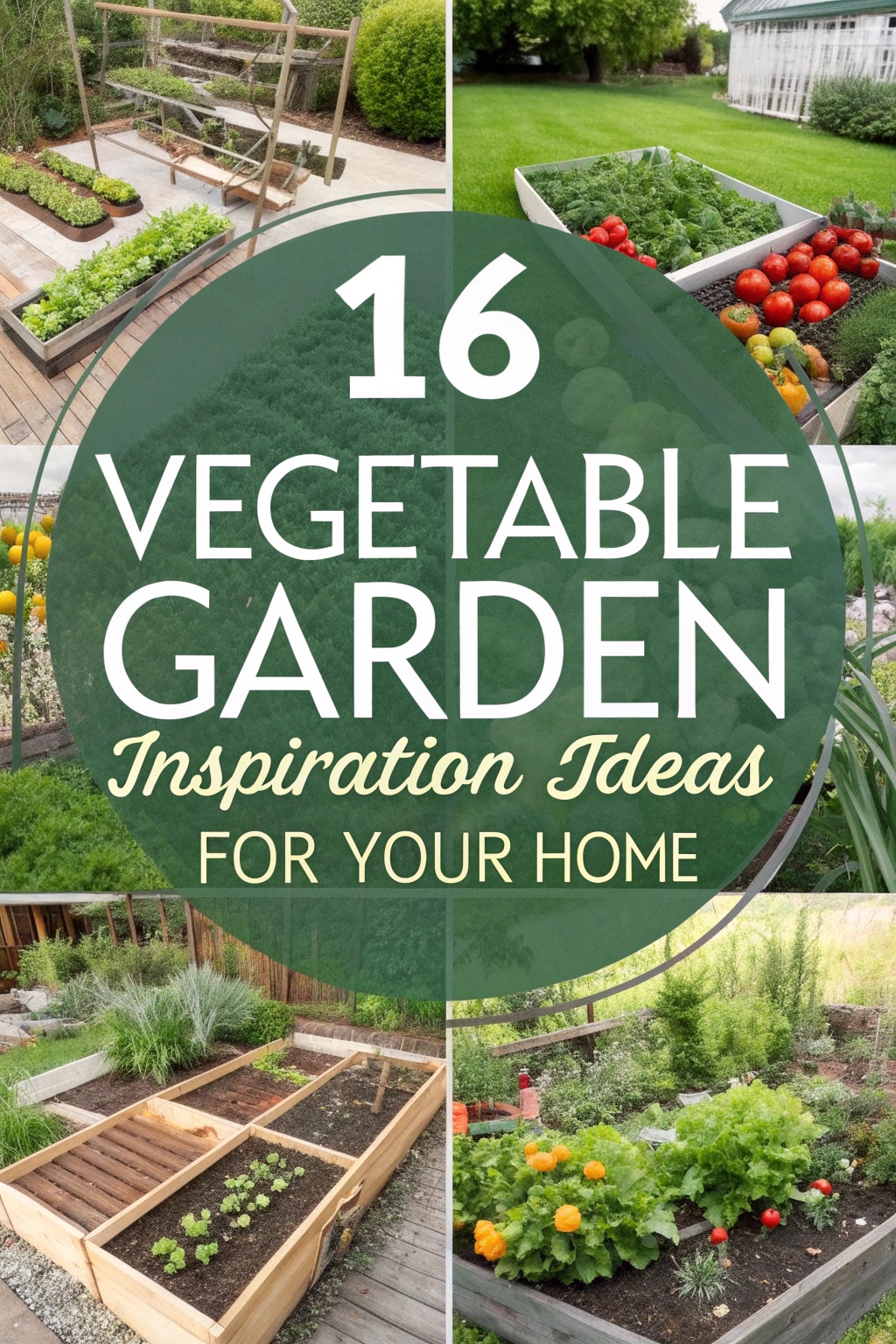
Transforming your home garden can be both rewarding and inspiring. Imagine utilizing vertical space to grow lush greens or creating raised beds for easier access. Whether you’re in a small urban setting or have a spacious backyard, there are innovative ideas to explore. Discover how container gardening can provide flexibility, or learn about companion planting to enhance productivity. Each option holds potential—so, what’s your first step toward a vibrant vegetable oasis?
Vertical Garden Solutions
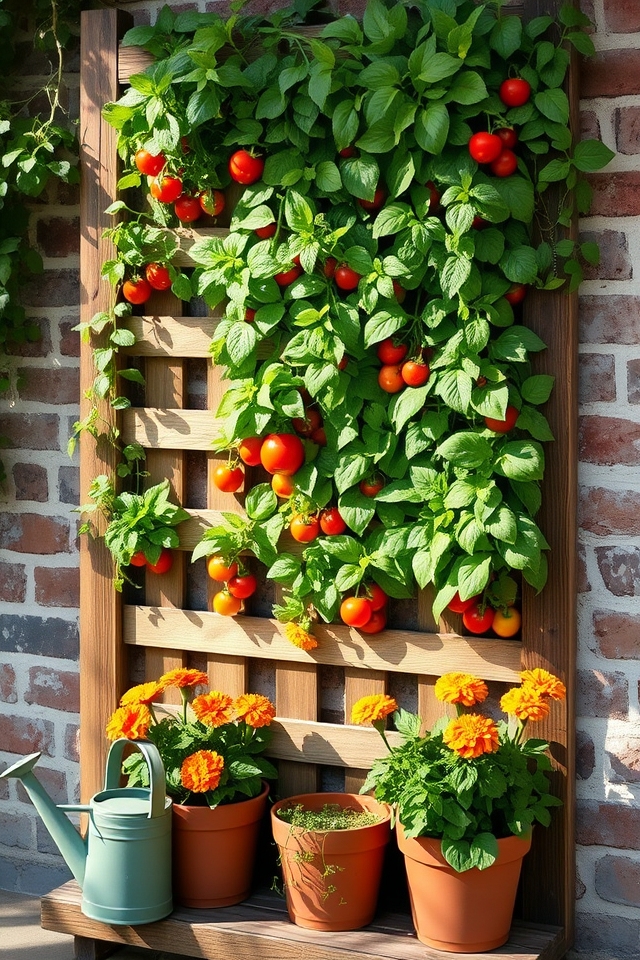
Vertical garden solutions are an innovative way to maximize space while cultivating your favorite vegetables. Ideal for small gardens, balconies, or patios, these systems utilize walls, trellises, and stacked planters to grow upwards rather than outwards. Popular options include pocket planters, vertical towers, and hanging containers, which allow for better air circulation and sunlight exposure. By incorporating vertical gardening, you can create a lush, productive space while keeping your garden organized and visually appealing.
Raised Bed Gardening
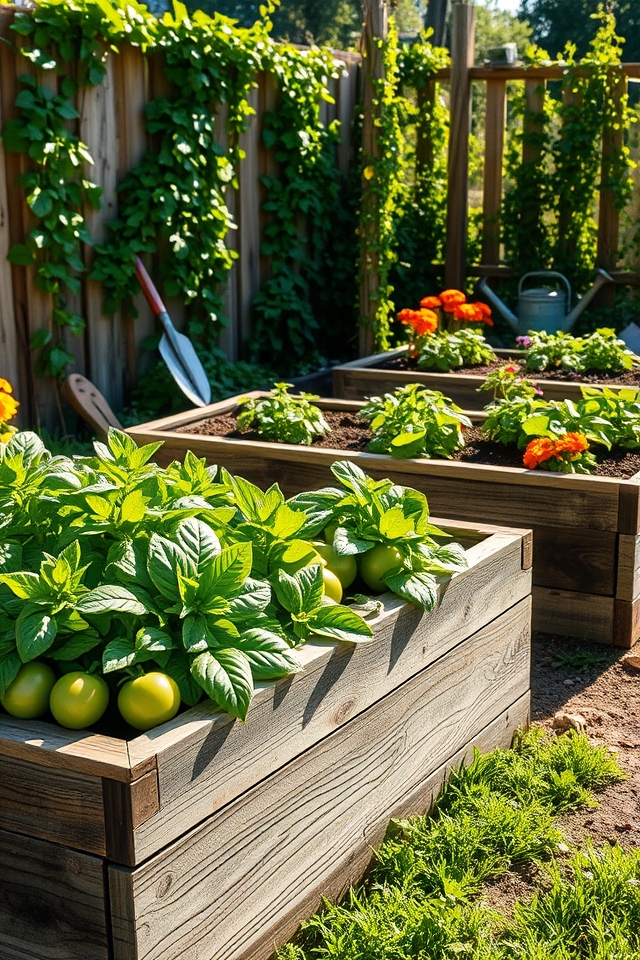
Raised bed gardening is an effective and popular method for growing vegetables. By elevating the planting area, raised beds improve drainage, soil quality, and accessibility, making gardening easier on the back and knees. They allow for better control of soil conditions and can be customized in size and shape to fit any space. Additionally, raised beds can help deter pests and reduce weeds, leading to a more productive and enjoyable gardening experience.
Container Vegetable Gardens
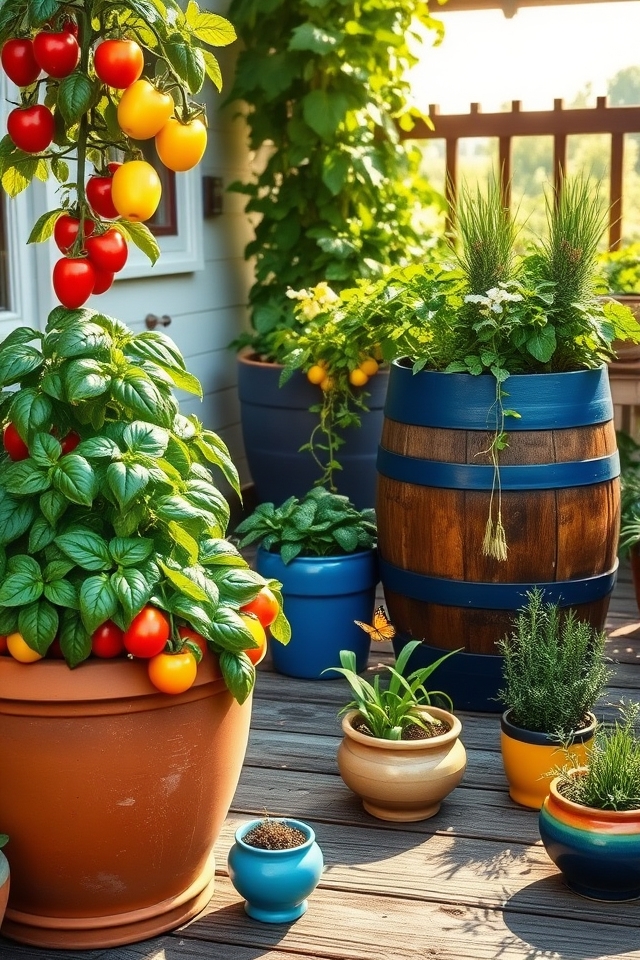
Container vegetable gardens are a perfect solution for those with limited space or poor soil conditions. Using pots, barrels, or even repurposed household items, you can grow a variety of vegetables such as tomatoes, peppers, and herbs. Containers allow for greater control over soil quality and drainage while providing flexibility in placement to take advantage of sunlight. Whether on a balcony, porch, or small backyard, container gardening offers an accessible way to enjoy fresh produce.
Square Foot Gardening
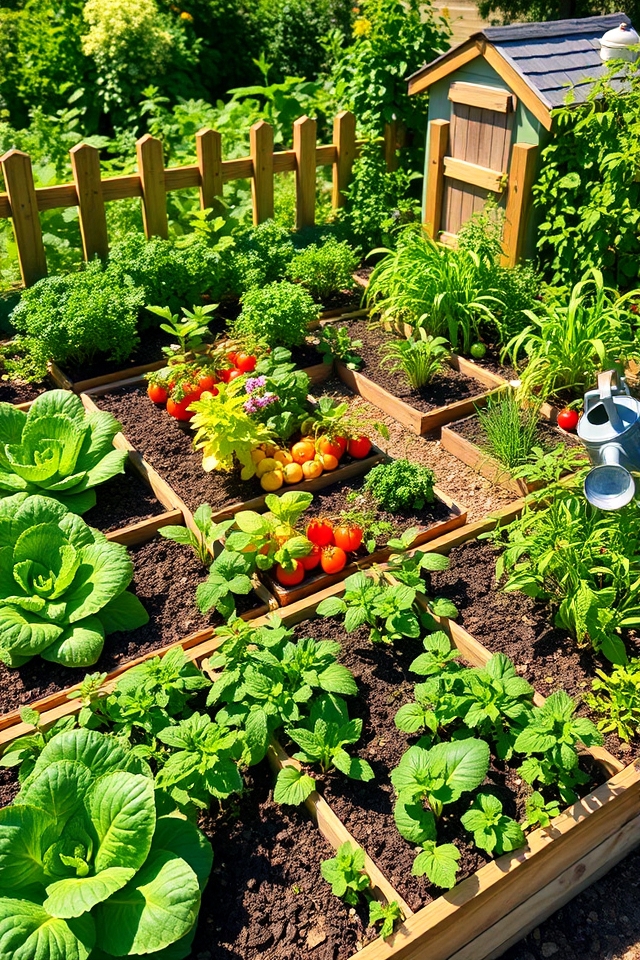
Square Foot Gardening is an efficient and organized method of growing vegetables in a small space, perfect for urban gardens or limited areas. By dividing a garden bed into square foot sections, gardeners can maximize yield by planting a variety of crops in each square, ensuring best spacing and sunlight exposure. This method minimizes weeds, simplifies maintenance, and allows for easy rotation of crops, making it an ideal choice for both beginners and experienced gardeners looking to streamline their gardening efforts.
Herb Spiral

An herb spiral is a creative and space-efficient way to grow a variety of herbs in a vertical layout. This spiral structure not only saves ground space but also allows for diverse microclimates, accommodating herbs with different sunlight and water needs. Place the most moisture-loving herbs at the bottom and the drought-tolerant varieties at the top. This design not only enhances accessibility but also adds visual interest to your vegetable garden, making it a functional and aesthetic focal point.
Companion Planting Techniques
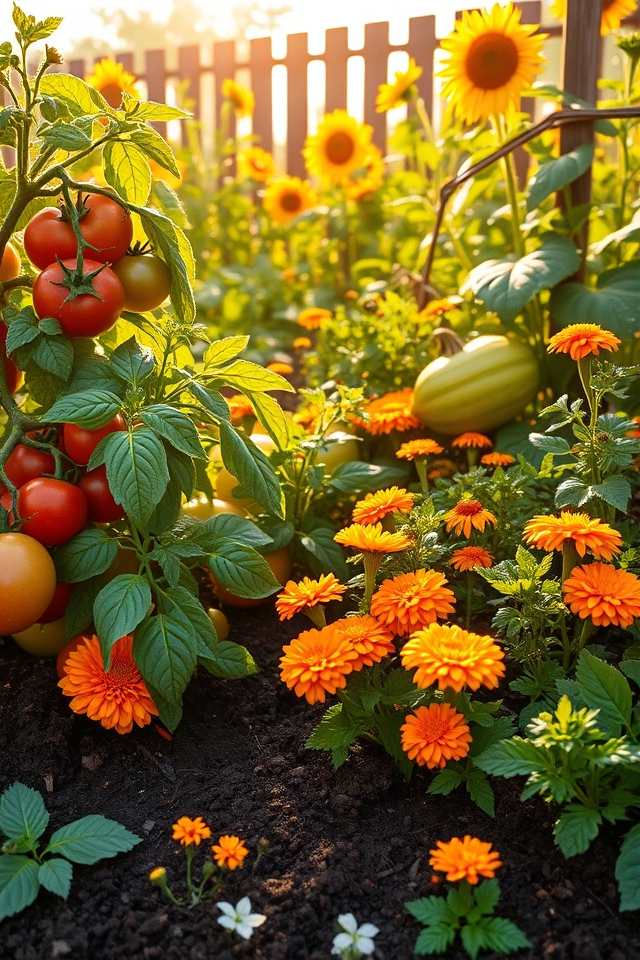
Companion planting is a gardening technique that involves growing different plants in proximity to enhance growth, deter pests, and improve flavor. For example, planting basil with tomatoes can boost tomato flavor and repel harmful insects. Similarly, marigolds can be interspersed among vegetables to deter nematodes and aphids. This strategic approach not only maximizes space and resources but also fosters a healthier, more productive garden ecosystem.
Keyhole Garden Design
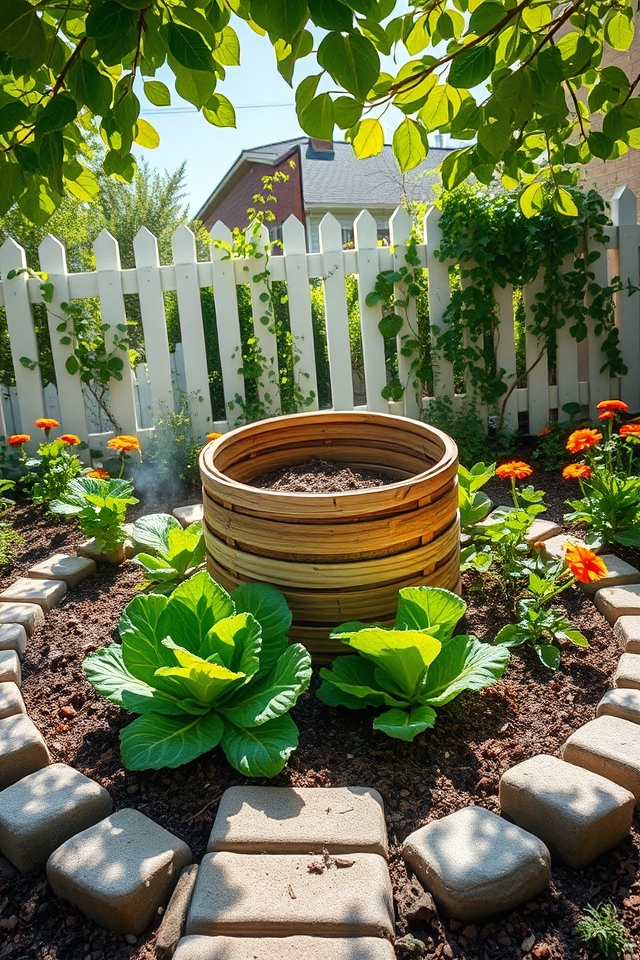
A keyhole garden is a unique and efficient gardening design that features a circular shape with a central composting basket. This design not only maximizes space but allows for easy access to plants. The raised bed is typically made of stone, wood, or other materials, creating a keyhole-shaped pathway leading to the center. The composting basket nourishes the surrounding soil, promoting sustainable gardening practices. Keyhole gardens are perfect for small spaces and can thrive in various climates.
Aquaponics Systems
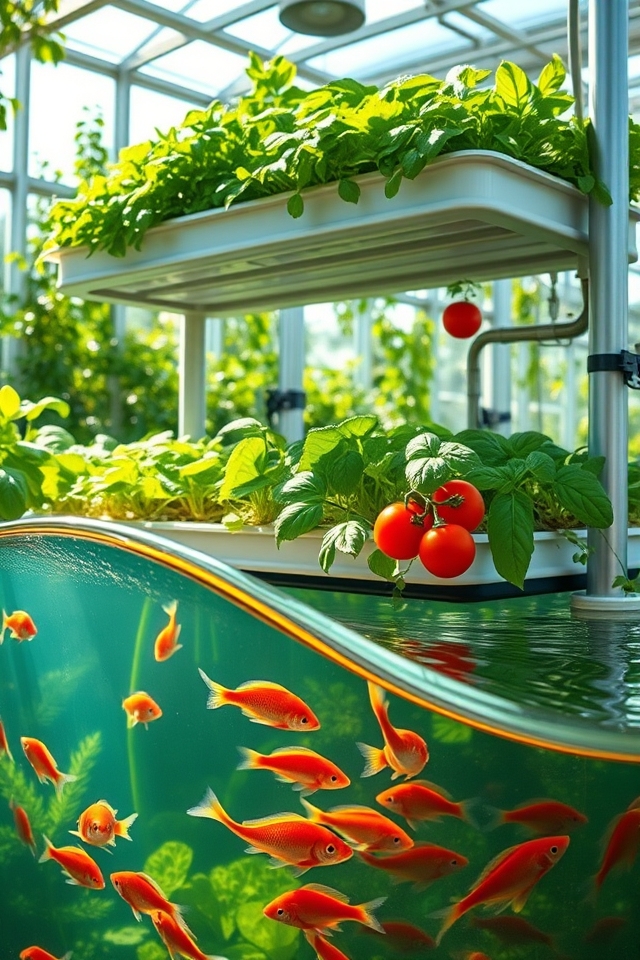
Aquaponics systems combine aquaculture (raising fish) with hydroponics (growing plants in water) to create a sustainable ecosystem. In these systems, fish waste provides essential nutrients for the plants, while the plants help to purify the water for the fish. This symbiotic relationship maximizes space and resources, making it an excellent choice for urban gardening or small backyards. With minimal maintenance and efficient water use, aquaponics offers a unique way to grow fresh vegetables and herbs year-round.
Pallet Gardens
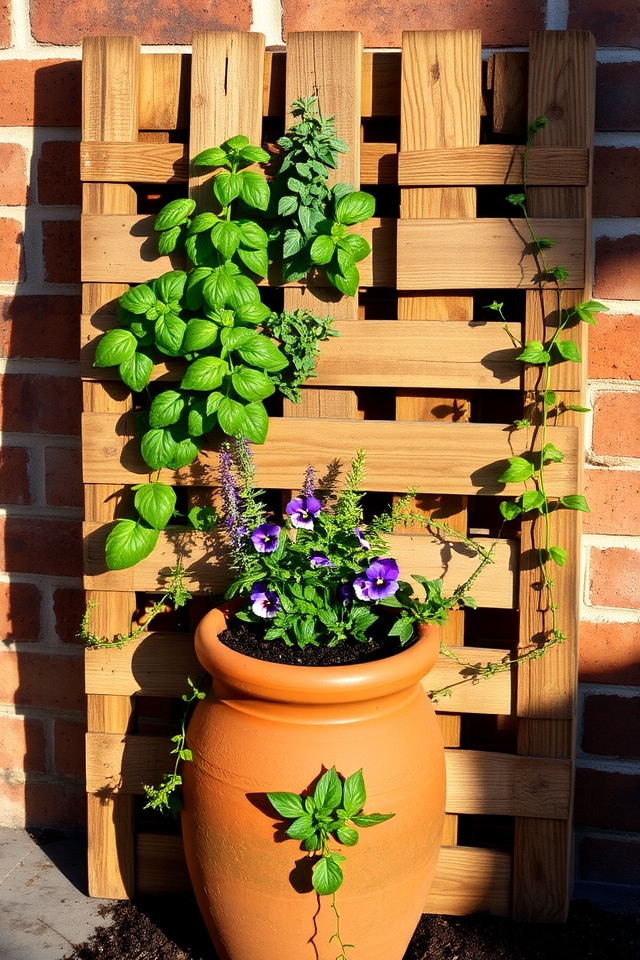
Pallet gardens are a creative and eco-friendly way to make use of vertical space in your vegetable garden. By repurposing wooden pallets, you can create unique planters that allow you to grow herbs, vegetables, and flowers in a compact area. Simply attach the pallet to a wall or lay it flat, fill the openings with soil, and choose your plants. This method not only saves space but also adds rustic charm to your garden.
Straw Bale Gardening
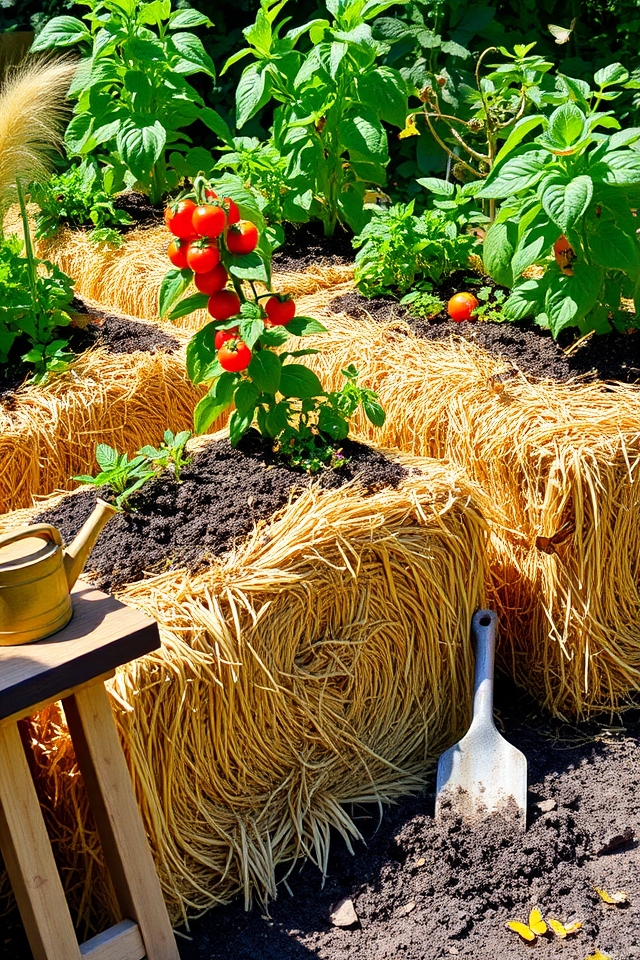
Straw bale gardening is an innovative and eco-friendly method that utilizes bales of straw as plant containers. This approach not only improves soil drainage and aeration but also provides insulation for plant roots. Simply soak the bales, add soil, and plant your favorite veggies directly into the bales. It’s an excellent solution for small spaces, poor soil, or anyone looking for a creative gardening option that requires less weeding and maintenance.
Hydroponic Vegetable Gardens
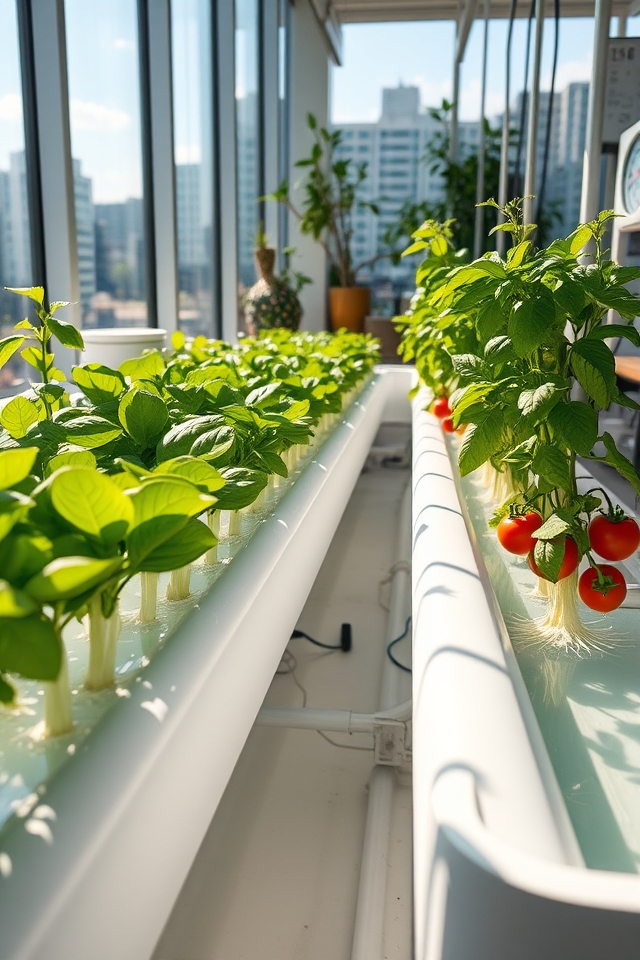
Hydroponic vegetable gardens offer a soil-less growing method that utilizes nutrient-rich water to cultivate plants. This innovative technique allows for faster growth rates and higher yields compared to traditional gardening. With adjustable environmental controls, hydroponics can be done indoors or outdoors, making it a versatile option for urban gardeners. Whether using systems like nutrient film technique (NFT) or deep water culture (DWC), hydroponic gardens can produce fresh, healthy vegetables year-round.
Intercropping for Maximum Yield
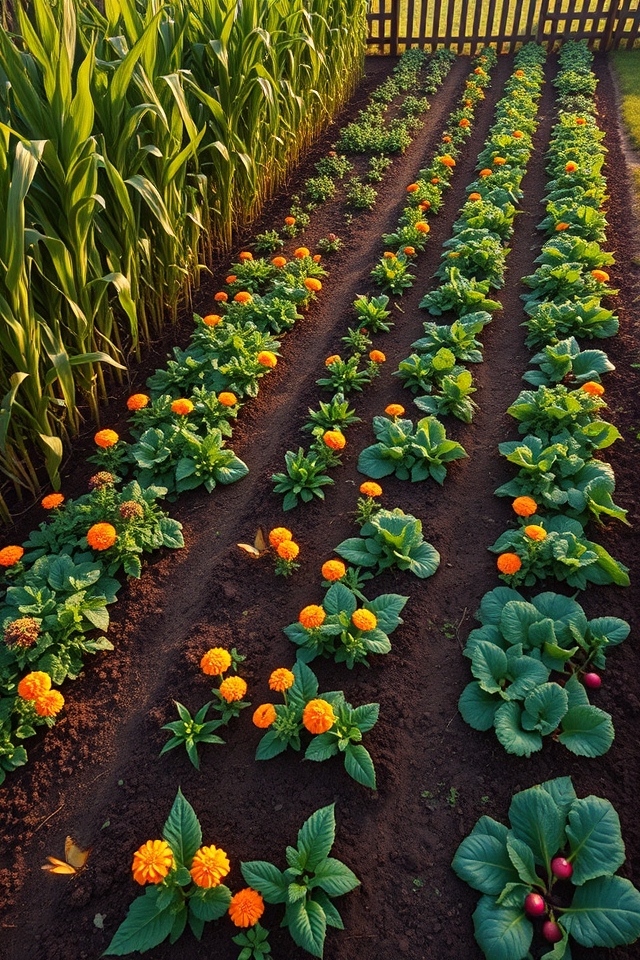
Intercropping is a powerful agricultural practice that involves growing two or more crops in proximity to enhance productivity. By strategically pairing complementary plants, gardeners can maximize space, improve soil health, and create a more diverse ecosystem. For instance, planting legumes alongside corn can fix nitrogen in the soil, benefiting the corn’s growth. This method not only boosts yield but also minimizes pest outbreaks and reduces the need for synthetic fertilizers, leading to a sustainable and efficient vegetable garden.
Edible Landscaping
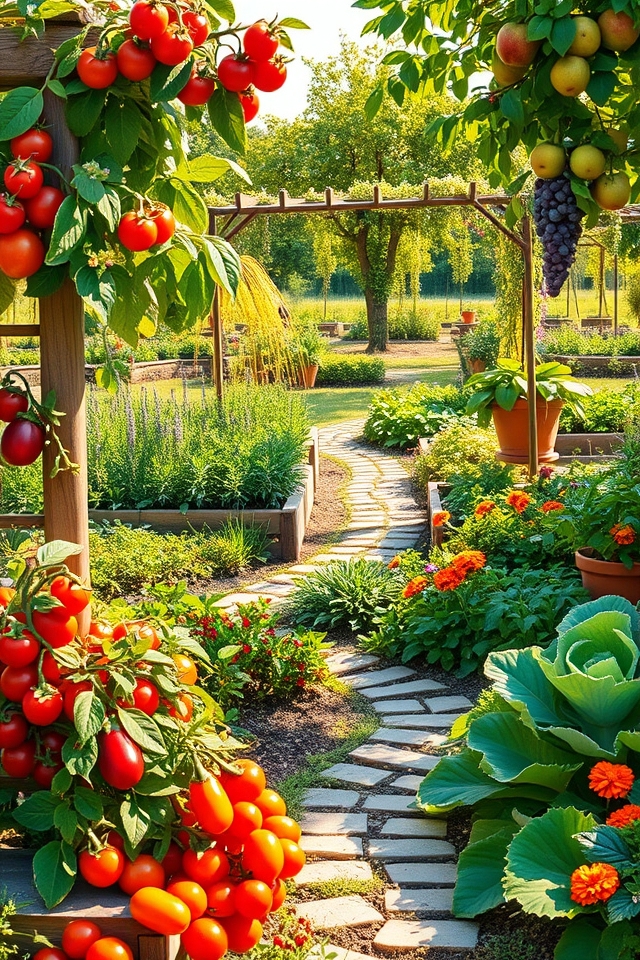
Edible landscaping seamlessly integrates food-producing plants into your garden’s aesthetics, creating a beautiful and functional outdoor space. By incorporating fruits, vegetables, and herbs into your landscape design, you can enhance curb appeal while enjoying fresh produce. Use ornamental varieties of familiar crops, such as colorful peppers or vibrant basil, to create visually stunning borders or focal points. This sustainable approach not only promotes biodiversity but also encourages a connection to nature through home gardening.
Window Box Gardens
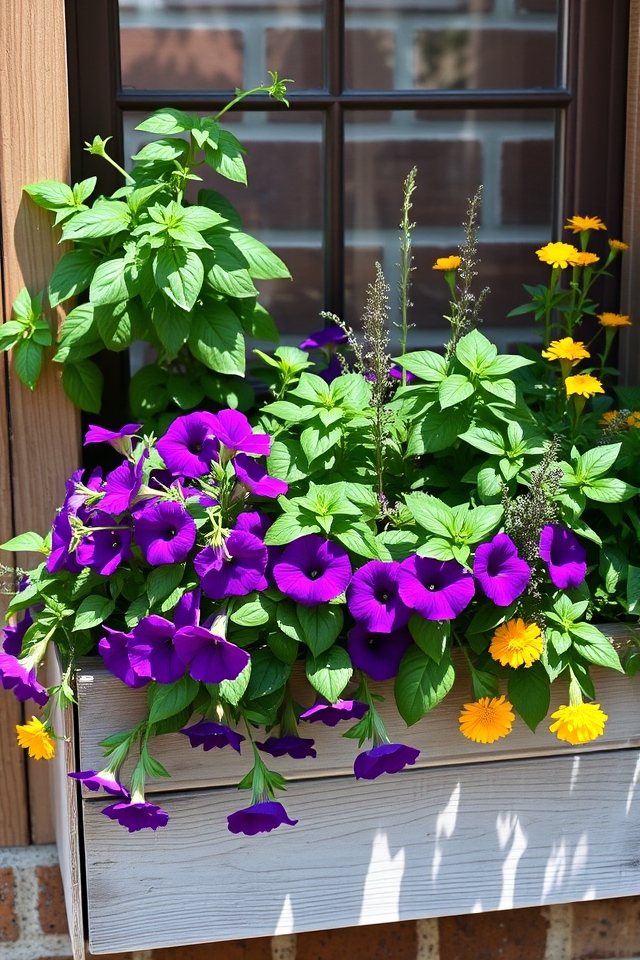
Window box gardens are a delightful way to bring greenery and fresh produce to urban spaces or smaller homes. Perfect for patios, balconies, or even windowsills, these compact gardens can be filled with herbs, flowers, or vegetables. Choose a mix of colorful blooms alongside fragrant herbs like basil and thyme for culinary use. A well-planted window box not only enhances curb appeal but also provides easy access to homegrown goodness right outside your door.
Salad Table Ideas
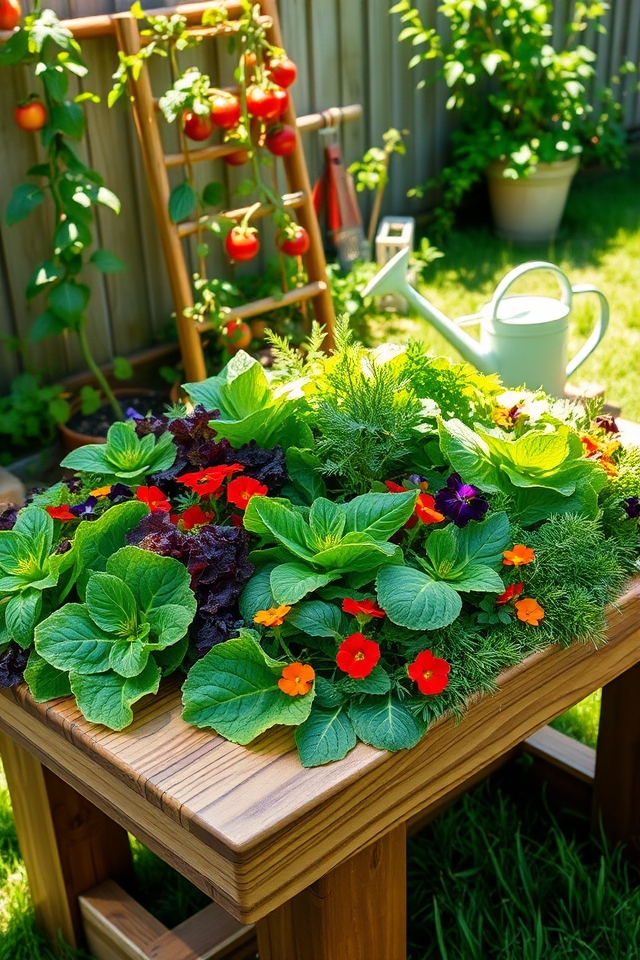
Salad tables are an innovative and practical way to grow fresh greens and vegetables right at your fingertips. These elevated planting areas not only save your back from bending but also make harvesting effortless. You can customize a salad table with a variety of lettuces, herbs, radishes, and edible flowers, creating a vibrant and easily accessible garden. Adding trellises for climbing vegetables can maximize space, while decorative designs enhance the aesthetics of your outdoor area.
Community Garden Concepts
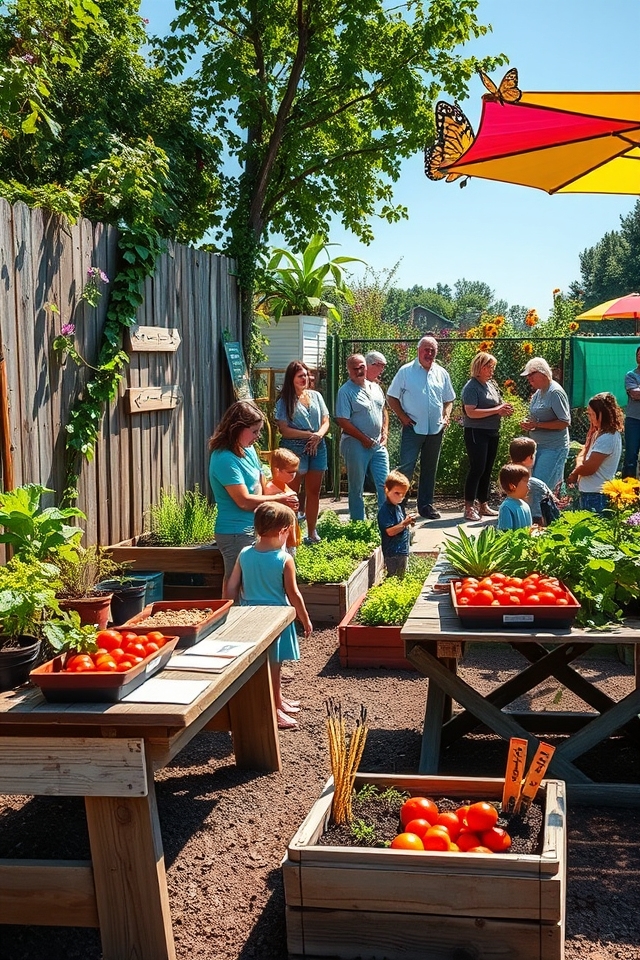
Community gardens are vibrant spaces that promote collaboration and sustainability within neighborhoods. These gardens invite local residents to come together, share resources, and cultivate a variety of vegetables and herbs, fostering a sense of belonging and environmental stewardship. By incorporating educational workshops, social events, and seasonal festivals, community gardens not only enhance food security but also strengthen social ties, allowing participants to learn, grow, and enjoy fresh produce in a shared environment.
